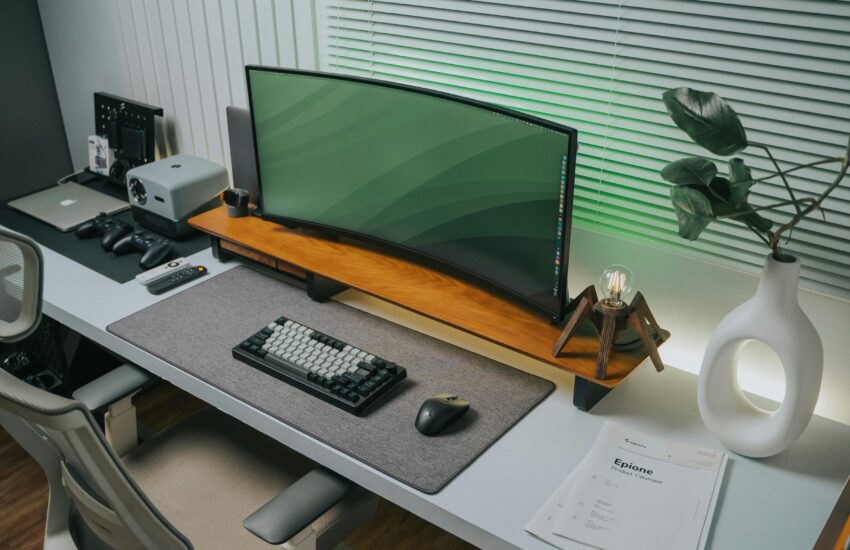Setting Up a Hamster Sandbox: A Guide
Setting up a **hamster sandbox** is an excellent way to provide your furry friend with a stimulating environment that encourages natural behaviors. Unlike traditional cages, a sandbox allows hamsters to dig, explore, and play freely. This article will guide you through the process of setting up a safe and fun sandbox for your pet, detailing essential materials, construction tips, and recommended activities. Let’s dive in!
Choosing the Right Location for Your Sandbox
Before you start putting together a **hamster sandbox**, it’s crucial to select the ideal location. The environment where you place the sandbox will significantly impact your hamster’s enjoyment and safety. Look for a quiet area away from direct sunlight and drafts. Hamsters are sensitive creatures; a consistent temperature is vital for their well-being. Setting the sandbox on a smooth, flat surface can also prevent any accidental spills or messes, making cleanup easier.
Indoor vs. Outdoor Sandboxes
When deciding on a location, consider whether to set up an indoor or outdoor sandbox. Indoor sandboxes are easier to monitor and control. You can ensure that your hamster is safe from predators and any environmental hazards that might be present outside, such as extreme temperatures or other animals. On the other hand, outdoor sandboxes can allow for a more natural exploration. If your choice is outdoor, ensure you have a secure enclosure to prevent escapes or interactions with wildlife.

Creating a Safe Environment
To create a safe sandbox, select materials that are non-toxic and suitable for digging. Avoid sharp or harmful objects that could injure your hamster. Commonly used materials include dust-free play sand, coconut coir, or shredded bedding. Whichever material you decide to go with, it is essential to ensure it is clean and free from any chemicals. Additionally, you may want to add items like tunnels, small toys, or hiding spots to keep your hamster engaged.
Essential Materials for Your Hamster Sandbox
Gathering the right materials is key to having a successful **hamster sandbox**. Here’s a list of items you’ll need:
- Sandy Substrate: Choose a sand that’s clean, dust-free, and safe for hamsters.
- Container: A large, shallow container that allows your hamster enough space to dig around.
- Hiding Spots: Small tunnels or hideaways to create a stimulating environment.
- Toys: Add small, chew-friendly toys to encourage play and exploration.
Setting Up the Container
The type of container you choose can affect how much enjoyment your hamster gets from the sandbox. An ideal container should have low sides for easy access but high enough to prevent sand from spilling out. Plastic storage bins, shallow boxes, or even large trays can work well. Depending on the size of your hamster, allow ample space for movement—at least two feet across is a good guideline for a spacious sandbox.

Maintaining a Clean Sandbox
To keep your hamster satisfied and healthy, regular cleaning of the sandbox is essential. Remove soiled substrate daily and replace it with fresh material weekly. This routine not only keeps the environment hygienic but also encourages your pet’s natural behaviors. Additionally, monitor the condition of the toys and structures placed inside the sandbox, replacing any worn-out pieces to prevent injuries.
Fun Activities for Your Hamster in the Sandbox
Once you’ve set up the **hamster sandbox**, it’s time to introduce fun activities tailored for your pet. Engaging in stimulating activities is crucial for a hamster’s mental and physical health. Here are some ideas to keep your furry friend entertained:
Interactive Play
Encourage interactive play by joining your hamster in their sandbox sessions. Use toys, such as small balls or tunnels, to engage them. You can gently toss a toy into the sandbox and watch as your hamster investigates and plays with it. This interaction strengthens the bond with your pet while providing them with necessary stimulation.
Digging Challenges
Consider setting up a mini digging challenge with buried treats within the substrate. Hide small pieces of **hamster-safe snacks** or fresh fruits beneath the sand and let your hamster’s natural instincts guide them to discover these hidden delights. This encourages both digging behavior and keeps their interest high about exploring the sandbox.

Conclusion
Setting up a **hamster sandbox** is a rewarding task that can greatly enhance your pet’s quality of life. By choosing the right location, materials, and implementing engaging activities, you can create a stimulating environment that satisfies their curiosity and natural instincts. Remember to maintain cleanliness and offer plenty of opportunities for interaction and play. With the right setup, your hamster will enjoy their sandbox for many hours of fun!
FAQ
1. How often should I change the sand in my hamster sandbox?
It’s advisable to replace the substrate in your hamster sandbox weekly, and remove soiled areas daily. Keeping a clean environment helps prevent health issues and encourages your hamster’s natural behaviors.
2. What type of sand is safe for hamsters?
Choose non-toxic, dust-free play sand or natural substrates like coconut coir. Avoid scented or treated sands, as they may contain harmful chemicals that can affect your hamster’s health.
3. Can I use my hamster sandbox for other small pets?
While a hamster sandbox can be adapted for other small animals, consider their specific needs and behaviors. Ensure the materials used are suitable for the different species to prevent any health issues.
4. How do I encourage my hamster to use the sandbox?
Introduce your hamster gradually to the sandbox. Try placing their favorite treats or toys inside to pique their interest. Spending time near the sandbox can also encourage them to explore it more.
5. Are there any safety concerns with a hamster sandbox?
Yes, always ensure that materials used are non-toxic and free from sharp objects. Regularly inspect the sandbox for cleanliness and any potential hazards to keep your hamster safe while having fun.
